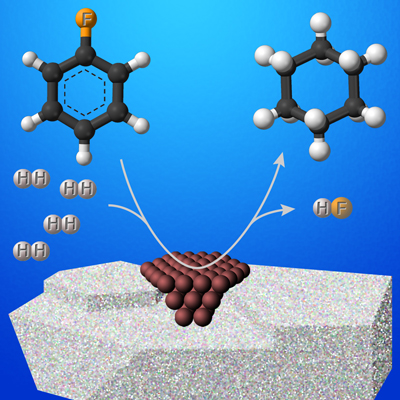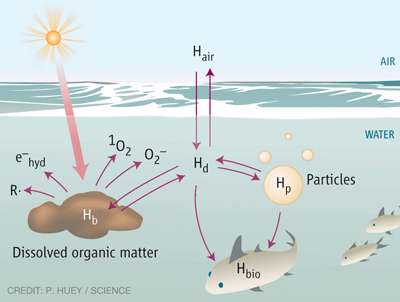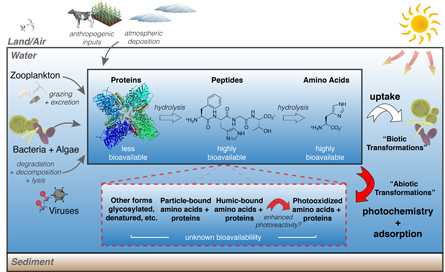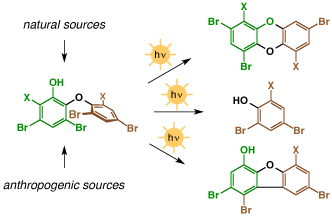Research Interests
The McNeill Research Group studies environmental chemistry in aquatic systems, with a focus on elucidating reaction mechanisms. Currently the group is studying photochemical processes in surface waters, the degradation of pharmaceutical and personal care product contaminants, the fate of amino acid-based molecules in natural systems and degradation of synthetic plastics in soil. The McNeill Group is part of the Environmental Chemistry Group in the Institute for Biogeochemistry and Pollutant Dynamics in the Department of Environmental Systems Science at ETH Zurich.

Chemical products of the future
Part of our research group concerns itself with chemical products that are thought to increase in significance in the coming decades. Two classes of chemicals that we are currently studying are fluorocarbons and biodegradable polymers, in collaboration with Dr. Michael Sander, who leads the polymer project. In both of these cases, there is expected to be major growth in the production and use of these compound classes, and there is limited knowledge about their environmental behavior. Whether fluorocarbons follow the same trajectory as chlorocarbons and become widespread persistent organic pollutants remains an open question. Nevertheless, we are seeking remediation solutions for these compounds in anticipation of contaminated sites in the future. In the case of biodegradable polymers, these are materials that have been specifically designed to limit their environmental impact and are therefore have potential to replace conventional polymers in various applications. Even so, it is important to study the environmental fate of these materials before their use increases.

Natural organic matter and reactive oxygen species
A major area of interest in our group is the production and consumption of reactive oxygen species (ROS) from the photochemical and non-photochemical reactions of natural organic matter. Projects in this area include developing detection methods for ROS, studying the spatial distribution of these species in natural waters, and understanding how they interact with their precursor material, natural organic matter. The goal is to develop a detailed understanding of the production, distribution, and behavior of ROS for an improved understanding of their role in the transformations of both pollutants and natural compounds.

Photochemistry of amino acids and peptides
Amino acids are central building blocks of life and a key component of the global nitrogen cycle. The environmental fate processes of amino acids thus play an important role in biogeochemistry, but are as of yet poorly defined. We have several projects focused on defining the important fate processes of amino-acid based biomolecules in the environment. These projects cover amino acids at different levels of organization, from individual amino acids to intact proteins and further to protein assemblies in virus capsids.

Emerging contaminant photochemistry
Emerging classes of environmental contaminants, which often differ significantly from traditional legacy pollutant classes in their molecular properties, provide many significant research challenges. Pharmaceutical compounds in surface waters are a good example of this category of contaminants and represent a major research effort in our group. In collaboration with Prof. William Arnold (Univ. of Minnesota, Dept. of Civil and Environmental Engineering), we are developing mechanism-based models that will help predict the photochemical lifetimes of pharmaceuticals in natural systems. In addition to pharmaceuticals, we have ongoing projects on the degradation mechanisms of brominated flame retardant chemicals, and new classes of pesticides.
